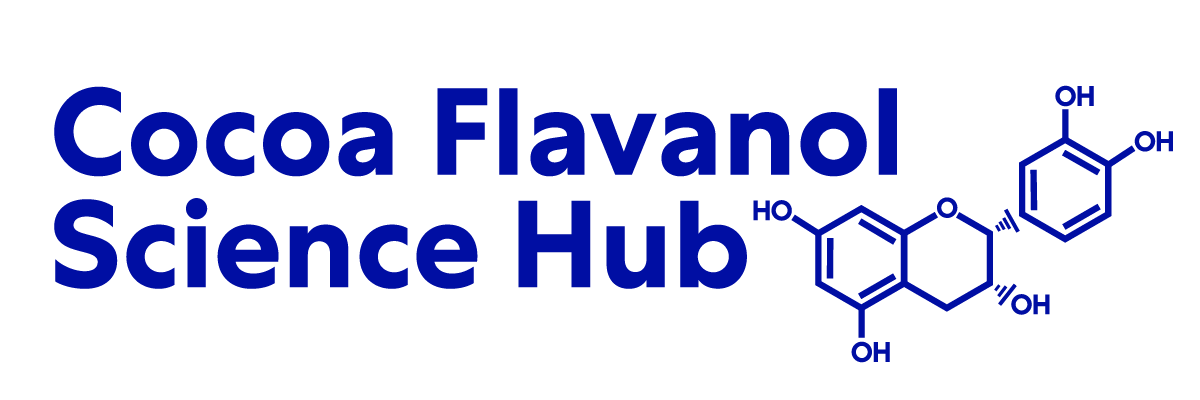Epicatechin in human plasma: in vivo determination and effect of chocolate consumption on plasma oxidation status.
Diets that are rich in plant foods have been associated with a decreased risk for specific disease processes and certain chronic diseases. In addition to essential macronutrients and micronutrients, the flavonoids in a variety of plant foods may have health-enhancing properties. Chocolate is a food that is known to be rich in the flavan-3-ol epicatechin and procyanidin oligomers. However, the bioavailability and the biological effects of the chocolate flavonoids are poorly understood. To begin to address these issues, we developed a method based on HPLC coupled with electrochemical (coulometric) detection to determine the physiological levels of epicatechin, catechin and epicatechindimers. This method allows for the determination of 20 pg (69 fmol) of epicatechin, which translates toplasma concentrations as low as 1 nmol/L. We next evaluated the absorption of epicatechin, from an 80-g semisweet chocolate (procyanidin-rich chocolate) bolus. By 2 h after ingestion, there was a 12-fold increase in plasma epicatechin, from 22 to 257 nmol/L (P < 0.01). Consistent with the antioxidant properties of epicatechin, within the same 2-h period, there was a significant increase of 31% inplasma total antioxidant capacity (P < 0.04) and a decrease of 40% in plasma 2-thiobarbituric acid reactive substances (P < 0.01). Plasma epicatechin and plasma antioxidant capacity approached baseline values by 6 h after ingestion. These results show that it is possible to determine basal levels of epicatechin in plasma. The data support the concept that the consumption of chocolate can resultin significant increases in plasma epicatechin concentrations and decreases in plasma baselineoxidation products.
See the Full Study > (opens in a new tab)









